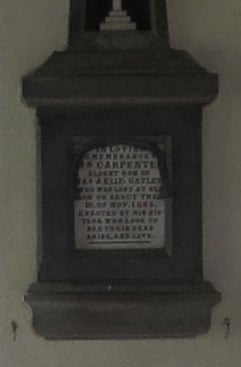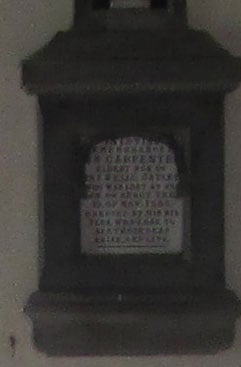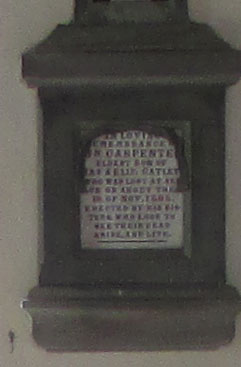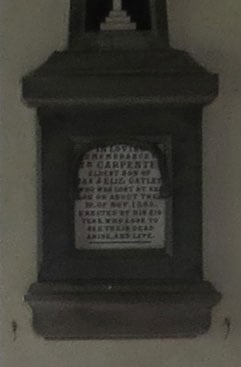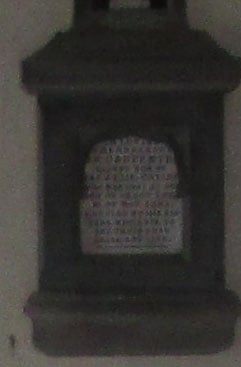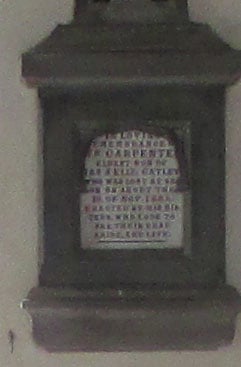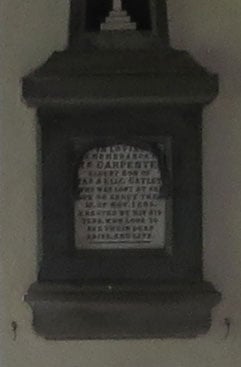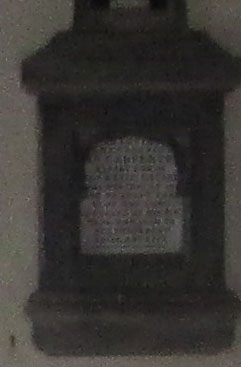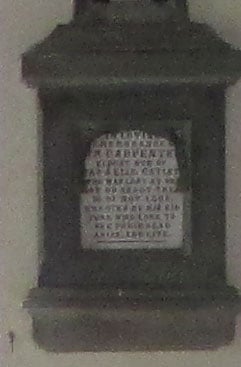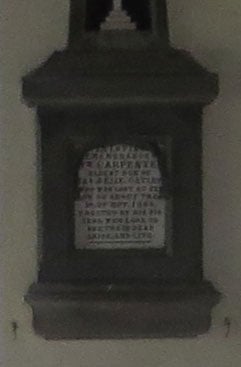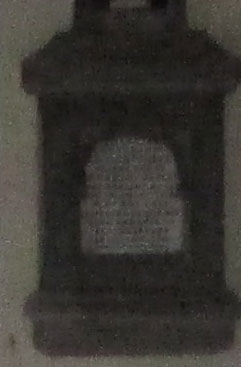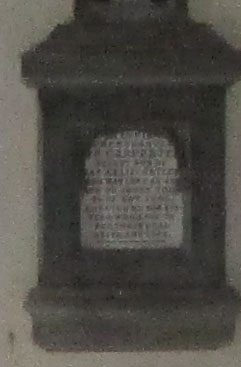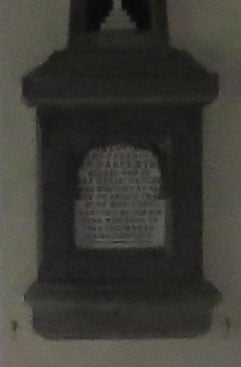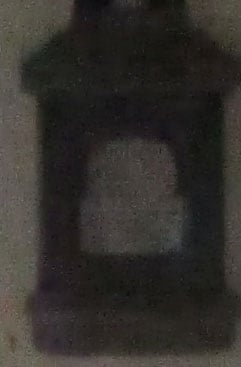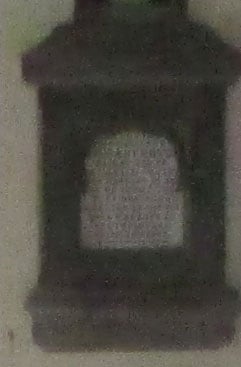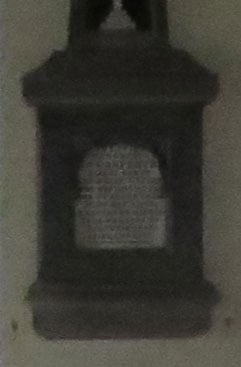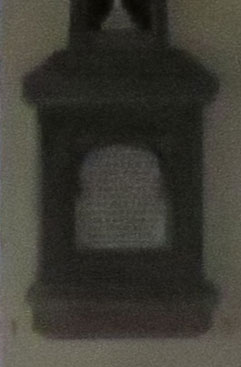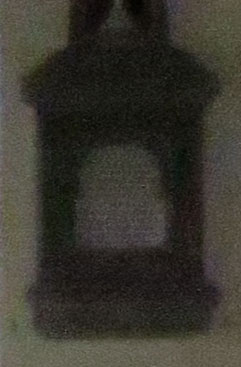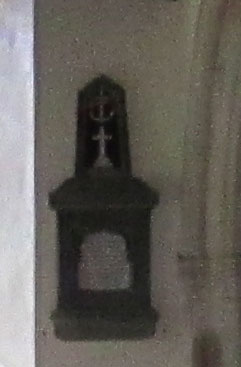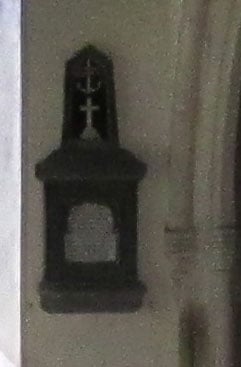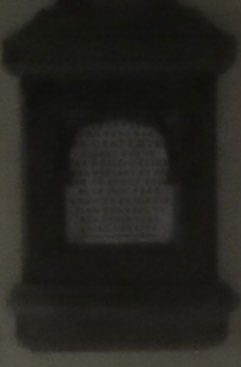Canon PowerShot A2500 review
-
-
Written by Ken McMahon
Quality
Canon PowerShot A2500 vs IXUS 140 / ELPH 130 IS vs IXUS 255 HS/ ELPH 330 HS Quality
To compare real-life performance I shot this scene with the Canon PowerShot A3500 IS, the Canon IXUS 140 / ELPH 130 IS and the Canon IXUS 255 HS / ELPH 330 HS, within a few moments of each other using their best quality JPEG settings.
The PowerShot A2500 wasn’t available at the time I did these tests, however, the PowerShot A3500 IS has the exact same lens and sensor as the A2500 and, with the stabilisation disabled, will therefore produce the same results. As such the results here are perfectly representative of the A2500 and from this point on I’ll refer to that model.
The PowerShot A2500 and IXUS 140 / ELPH 130 IS were both set to their maximum 28mm equivalent wide angle. The IXUS 255 HS / ELPH 330 HS was zoomed in a little from its maximum 24mm equivalent to provide the same field of view.
For this test all three cameras were set to Program Auto mode. Image stabilisation was turned off and the camera settings were otherwise left on the defaults.
The image above was taken with the Canon PowerShot A2500. The camera was set to Program Auto mode and with the sensitivity set to 100 ISO the PowerShot A2500 selected an exposure of 1/320 at f7.9. The IXUS 140 / ELPH 130 IS, also set to 100 ISO metered an exposure of 1/250 at f9 and, at its base 80 ISO sensitivity, the IXUS 255 HS / ELPH 330 HS selected an exposure of 1/1250 at f3.2.
The PowerShot A2500 has made a good job of the exposure, capturing the full range of tones in a tricky subject. Looking at the crops, there’s no escaping the fact that there’s quite a lot of noise around. In the first crop, the sky, which should be a flat blue, looks quite speckled and the noise is getting in the way of some of the image detail. Look a little further down and, although you can make out the doors and windows in the chapel, you can’t see much of the detail in the stonework and the edge of the surrounding wall is indistinct as is the detail in the foreground grass and rocks.
In the second crop, the lighthouse is recognisable as a white column in the distance but the edges are indistinct and, again, there’s an overall graininess obscuring finer image detail. There’s a lot of noise in the sea and sky regions and the transition between the two is very soft. The detail in the foreground windows and roofs is a little better, the window frames have sharp, well-defined edges, but the noise is getting in the way of the detail here too. The lack of detail gives the whole thing an impressionistic look.
The third crop, from close to the frame edge fares little better, though there’s a slight softness that takes the edge off the noise. There’s also noticeable red fringing in this crop. As you might expect, the best results come from the crop that’s close to the middle of the frame. But even here there’s a lot of visible noise is the sea and sky regions at the top which is also affecting the detail further down.
This is probably a good point at which to say that these 100 percent crops highlight the worst aspects of the PowerShot A2500’s 16 Megapixel CCD sensor, but at smaller viewing sizes the image quality looks perfectly fine. It’s only when printing at or near 100 percent, in other words making near A2 sized prints, that quality really becomes an issue.
Comparing the crops from PowerShot A2500 with those from the IXUS 140 / ELPH 130 IS, the two sets of crops look very similar, which is not all that surprising as these two models share the same 16 Megapixel CCD sensor and Digic 4 processor. They don’t share the same lens of course, but though the PowerShot A2500 has a shorter 5x zoom, there’s no apparent difference in lens quality between these two models – they even show a similar degree of chromatic aberration on the third crop.
The 12.1 Megapixel back-illuminated CMOS sensor in the IXUS 255 HS / ELPH 330 HS produces crops with a larger area and smaller detail than those from the PowerShot A2600, but it’s clear that the image quality from the former’s lower resolution CMOS sensor is visibly better. In the first crop the figures are more clearly defined, there’s more detail in the stonework and grass and the boundary definition is much cleaner. The advantage is equally clear on the other crops, the lighhouse is more distinct, with better detail in the foreground roofs, and the third crop is free of the colour fringing that affilcts the other two models. So while you’ll get bigger images from the PowerShot A2500, they’re noisier with less detail.
To see how these models compare at higher sensitivities check out my Canon PowerShot A2500 Noise results.
Canon PowerShot A2500 | Canon IXUS 140 / ELPH 130 IS | Canon IXUS 255 HS / ELPH 330 HS | ||
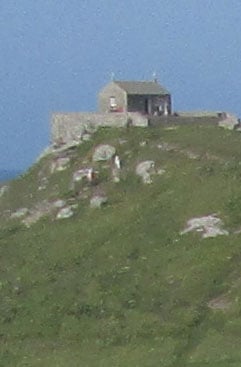 | 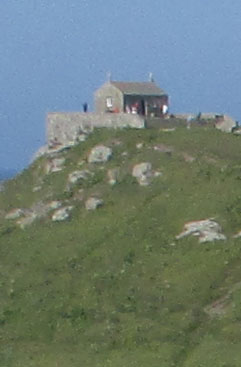 | 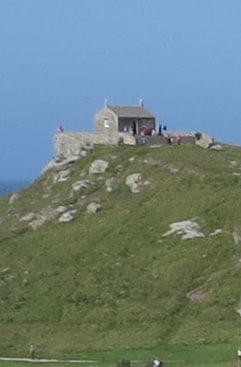 | ||
f7.9, 100 ISO | f9, 100 ISO | f3.2, 80 ISO | ||
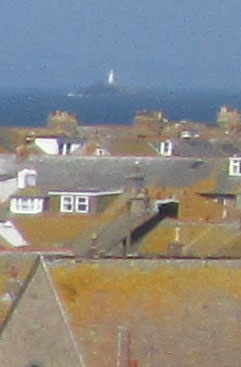 | 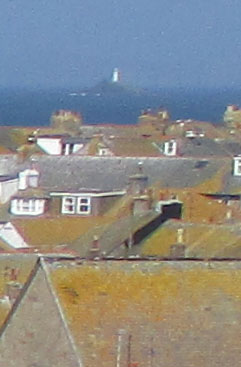 | 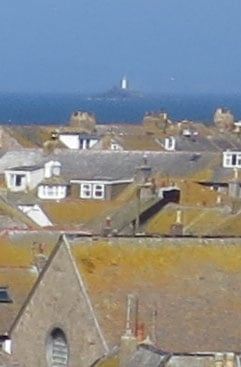 | ||
f7.9, 100 ISO | f9, 100 ISO | f3.2, 80 ISO | ||
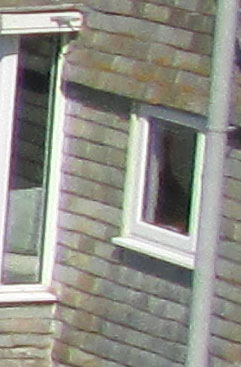 | 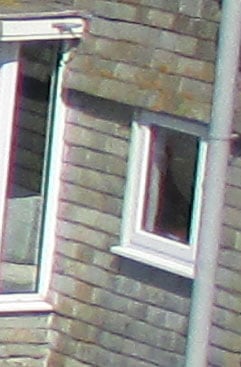 | 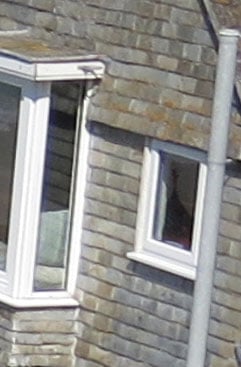 | ||
f7.9, 100 ISO | f9, 100 ISO | f3.2, 80 ISO | ||
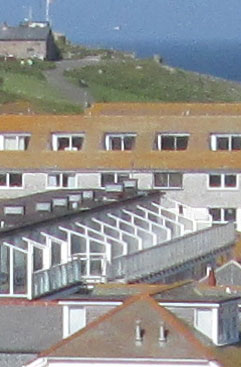 | 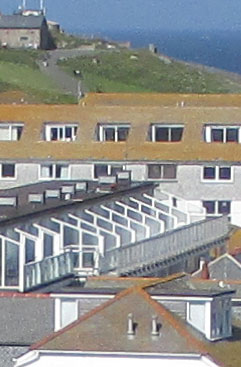 | 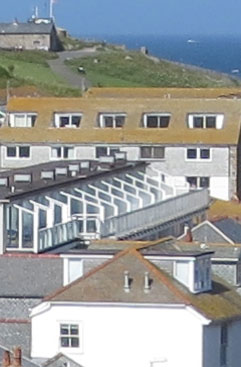 | ||
f7.9, 100 ISO | f9, 100 ISO | f3.2, 80 ISO |
Canon PowerShot A2500 vs IXUS 140 / ELPH 130 IS vs IXUS 255 HS / ELPH 330 HS Noise
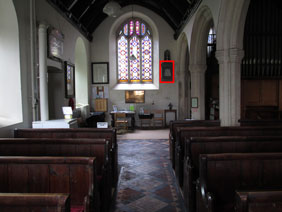
To compare noise levels under real-life conditions, I shot this scene with the Canon PowerShot A3500 IS, the Canon IXUS 140 / ELPH 130 IS and the Canon IXUS 255 HS / ELPH 330 HS, within a few moments of each other using their best quality JPEG settings at each of their ISO sensitivity settings.
The PowerShot A2500 wasn’t available at the time I did these tests, however, the PowerShot A3500 IS has the exact same lens and sensor as the A2500 and, with the stabilisation disabled, will therefore produce the same results. From here on, I’ll refer to the results as being from the A2500
The PowerShot A2500 and IXUS 140 / ELPH 130 IS were both set to their maximum 28mm equivalent wide angle. The IXUS 255 HS / ELPH 330 HS was zoomed in a little from its maximum 24mm equivalent to provide the same field of view.
For this test all three cameras were set to Program Auto mode. Image stabilisation was turned off and the camera settings were otherwise left on the defaults.
The image above was taken with the Canon PowerShot A2500. ThePowerShot A2500 was set to Program Auto mode and at its base 100 ISO sensitivity setting metered an exposure of 0.6s at f2.8. I applied 0.67EV exposure compensation to the IXUS 140 / ELPH 130 IS, to produce a roughly equivalent exposure of 1s, at f3.2 at 100 ISO. I also applied 0.67EV exposure compensation on the IXUS 255 HS / ELPH330 HS which, at it’s base 80 ISO sensitivity setting, produced an exposure of 1s at f3.2.
As we saw from the outdoor test results, even at its base 100 ISO sensitivity setting, the PowerShot A2500 isn’t noise-free. The 100 ISO crop here looks quite textured overall and the graininess is interfering with the finer detail in the text panel as well as softening the edges. At 200 ISO the noise worsens significantly and there’s already some smearing which renders the text barely legible. There’s another big hike in the noise at 400 ISO which results in a further drop in quality, and this time the detail, or what’s left if it, looks coarse and bitty.
At 800 and 1600 ISO the noise is so bad that image quality begins to look poor even on screen at smaller sizes. What this means is that, other than in bright sunny conditions, image quality on the PowerShot A2500 is likely to be an issue. In Smart and Program Auto modes with the ISO set to Auto, you’ll need to keep a careful eye on the selected senstivity setting. If it goes above 200 ISO, quality, at least for close to 100 percent reproduction will be a real concern.
Compared with the crops from the PowerShot A2500, the IXUS 140 / ELPH 130 IS crops look a little better, which is surprising given that these two models share the same sensor and produced very similar results in my outdoor real-life test. The PowerShot A2500 crops are a little darker, but there’s also less detail and they look noisier. The difference isn’t that great at 100 ISO, but it becomes more pronounced as you go up the sensitivity range and by 400 ISO the PowerShot A2500 crop is very grainy and speckled compared with the IXUS 140 / ELPH 130 IS. One reason for this could be JPEG compression. The PowerShot 2500 lacks the SuperFine compression option of the IXUS 140 / ELPH 130 IS and its files are a little over half the size, so have been compressed twice as much. My guess is that’s mostly what’s resposible for the differences in quality here.
The PowerShot A2500 crops show a smaller area with larger detail than those from the 12.1 Megapixel IXUS 255 HS / ELPH 330 HS. When it introduced back-illuminated CMOS sensors to its compact range, Canon branded badged all models containing them ‘HS’, standing for high sensitivity. The headline feature of these sensors is their low noise performance, so it’s no surprise that the IXUS 255 HS / ELPH 330 HS crops look much better than those from the PowerShot A2500. There’s less noise and more detail as a result, it’s as simple as that.
The CMOS sensor and Digic 5 predecessor also provide the IXUS 255 HS / ELPH 330 HS with one other advantage in the form of the Handheld NightScene stacking mode. The 4 Megapixel Low Light scene mode on the IXUS 140 / ELPH 130 IS and the PowerShot A2500 isn’t much of an alternative. In past tests, Handheld Night scene has produced superior results at the same ISO setting to a single shot, but I have to say in this situation the 1600 ISO Handheld NightScene crop doesn’t look like it has much to offer over the single-shot 1600 ISO crop. Having said that, it’s better than the reduced resolution 3 Megapixel Low Light scene modes available on the two CCD sensor models.
Now head over to my PowerShot A2500 sample images to see some more real-life shots in a variety of conditions, or head straight for my verdict.
|
